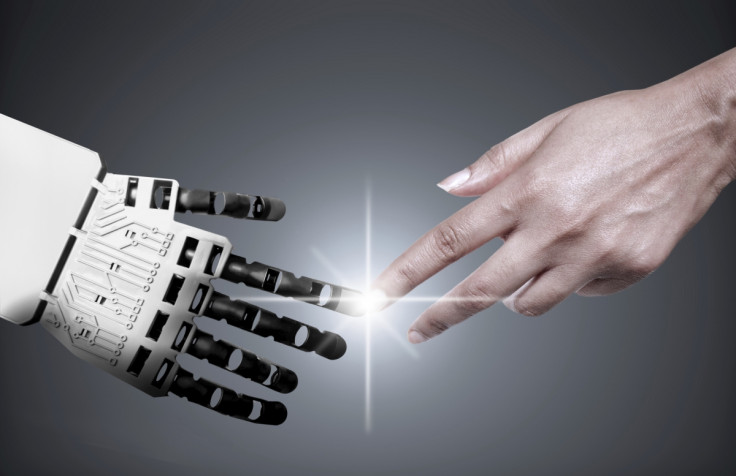Touching a robot in intimate places triggers arousal in humans

Touching a robot in 'intimate places' can induce a physiological arousal in humans, not unlike what happens when they touch one of their human counterparts, scientists claim.
In an experiment a team from Stanford University asked participants to touch 13 different body parts of a small human-shaped robot. They tested their reactions and noticed different responses, depending on the body part involved.
The instruction to touch the robot's intimate parts, in particular, was met with a mix of hesitancy and physiological arousal.
Shyness face with intimate parts
The experiment's method and results were presented at the 66th Annual Conference of the International Communication Association in Fukuoka, Japan. The scientists explained how they used an Aldebaran Robotics' NAO humanoid robot to give a set of instructions to the participants. Each of them went through 26 trials, during which they were told to touch an area of the robot's body. They were then taught the scientific names used to describe that specific part.
The scientists measured each participant's response time and skin conductance, which is a measure of physiological arousal, defined as a change in the body caused by an emotionally-charged stimuli.
When the participants were asked to touch a less accessible, more intimate body part, like the buttocks, scientists observed increased skin conductance response. This is a sign of a higher level of physiological arousal.
Response time before following the robot's instruction was also longer, suggesting participants were more hesitant and shy to touch their humanoid companion's intimate parts.
A "social glue"
Touching is often considered to be a form of "social glue", a meaningful interaction which contributes to building relationships and trust. While many studies have been conducted to understand how humans perceive robots, little had been done about how touching can drive human-humanoid interactions. According to the scientists, the fact humans react to robot touch in similar ways than to human touch can help designers understand how best these little humanoids can interact with us.
"Our work shows that robots are a new form of media that is particularly powerful. It shows that people respond to robots in a primitive, social way," concluded co-author Jamy Li. "Social conventions regarding touching someone else's private parts apply to a robot's body parts as well. This research has implications for both robot design and theory of artificial systems."
© Copyright IBTimes 2025. All rights reserved.






















